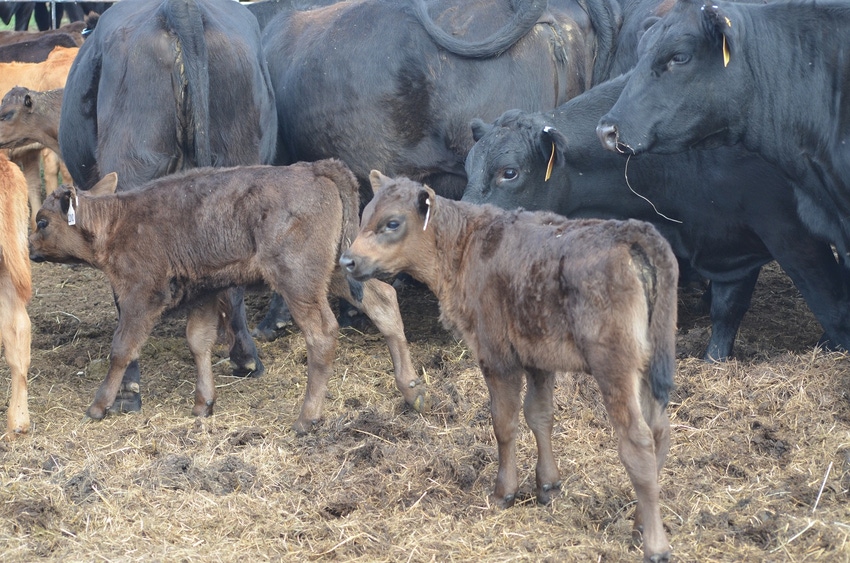
I’ve heard and tend to believe that there are three most important considerations when starting a business. Location, location, location is often given as the right answer. It is a good idea for us to remember this rule. But most of us are located where we will likely stay and need to find our advantages and neutralize the disadvantages. Our emphasis is best directed toward other pluses.
The truth is that for seven or more decades the cow-calf business has put much of its emphasis on increasing weaning weights. Soggy and slick calves sold at 210 days of age are bragging rights at lots of country stores and coffee shops. Calves that are fat and slick and weaned in the trailer on the way to town are pretty and are likely the prettiest they will ever be.
It is actually quite easy to understand why producers in our part of the country have most of the prejudices in favor of cows that are heavy milkers and persist in lactation. Most cow-calf operations are small and in the past were a sideline from a small dairy and tobacco operation. Any time the market looked good or the children needed shoes a man could load up a couple of slick, soggy calves and turn them into cash. As long as the cows were Jersey influenced and weighing between 650 and 800 pounds most excessive milk problems could be handled by walking them into the milk barn. Jersey-influenced cows would breed as soon as they gained condition for five days in a row. Yes, we also used to have veal and baby-beef markets.
Maybe all this long history had a lot to do with the emphasis on weaning weights. The popularity of steer shows and the tendency for judges to place nonfunctional cattle at the top of most classes have also had a long-term effect. The ability to easily measure daily gains and weights at 210 days has received a bunch of emphasis around universities.
I no longer know any real cattlemen and managers who have measurable good success if they enjoy doctoring the sick and dragging off the dead. And then there is always the question about chronics. Truth is we don’t need to pay significant attention to weaning weights. Slick soggy calves that are bawling or short weaned are a bomb waiting for a trip to an explosion site.
Stocker operations want to buy calves that are used to pulling grass and working. They need cattle that know what feed is but haven’t been hard fed. They need cattle that will grow and cause no problems. They need boys and girls that will fit. A few vaccines are a good add-on but far from the whole answer.
Feedyard operations make money by marketing corn, milo and other grains or by products with water added. They love feeding other people’s cattle. They don’t like doctoring. They don’t like chronics. They don’t like red ink or phone conversations about the market going south. What they like are even loads of hard yearling cattle that have been off the teat for 100 or more days and are people friendly. Those make everybody money.
These are cattle that unload and walk to the feed bunk. They might not know what a horse is but they’re not scared and flighty of truck or person. They don’t run and hit the fence over something new and strange. Several head often walk up expecting a little scratching.
Remember, the most important three periods of a calf’s life likely are:
The last 60-90 days before it hits the ground.
The following 30-45 minutes after expulsion.
The next five to 10 days of life.
During the second and third periods the baby needs quality colostrum and a quart or so of high-fat milk several times daily.
Shortly thereafter the calf needs a bunch of diverse fresh forage and a gallon of high fat milk every day. By 90-120 days of age it should do just fine on 32-64 ounces of momma's “white gold” and more of the fresh forage. The right kind of cow can do everything the calf needs if we do our job managing our land resource, moving to recovered grass, paying attention to the natural model, and keeping our emphasis away from high weaning weights. We also need to market the cattle that don’t fit.
Our operations are most profitable when we work in the direction of clear profit dollars per acre not high weaning weights.
About the Author(s)
You May Also Like






